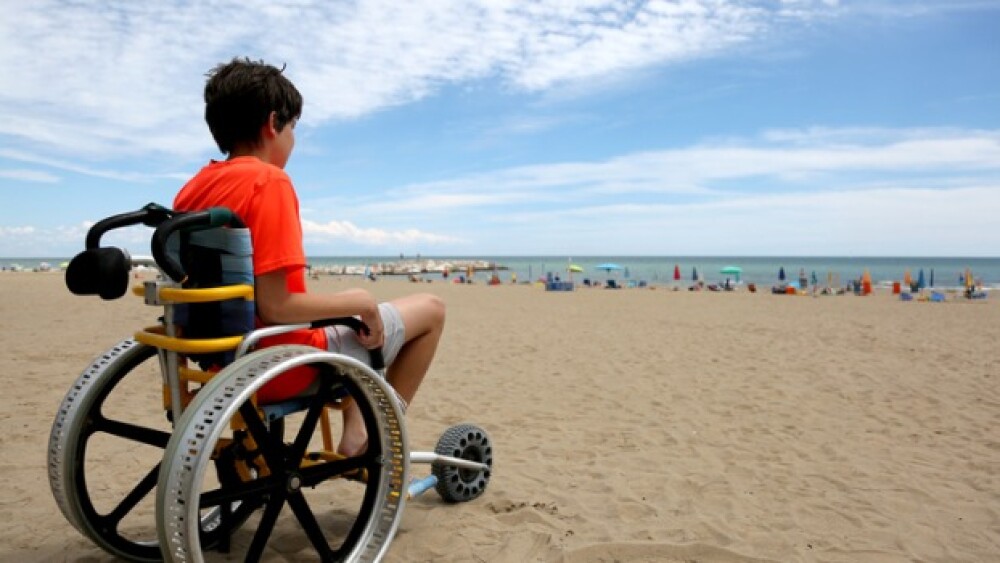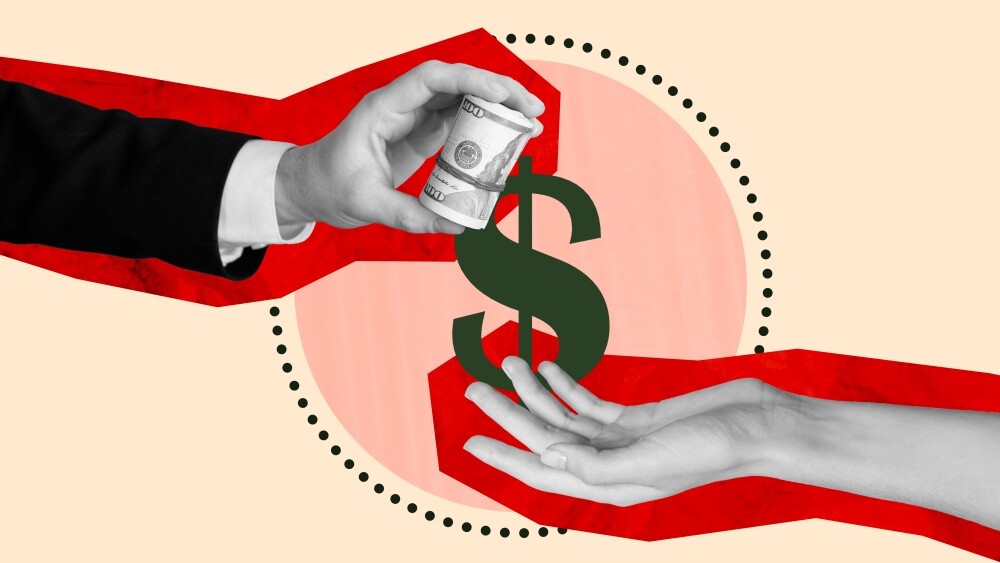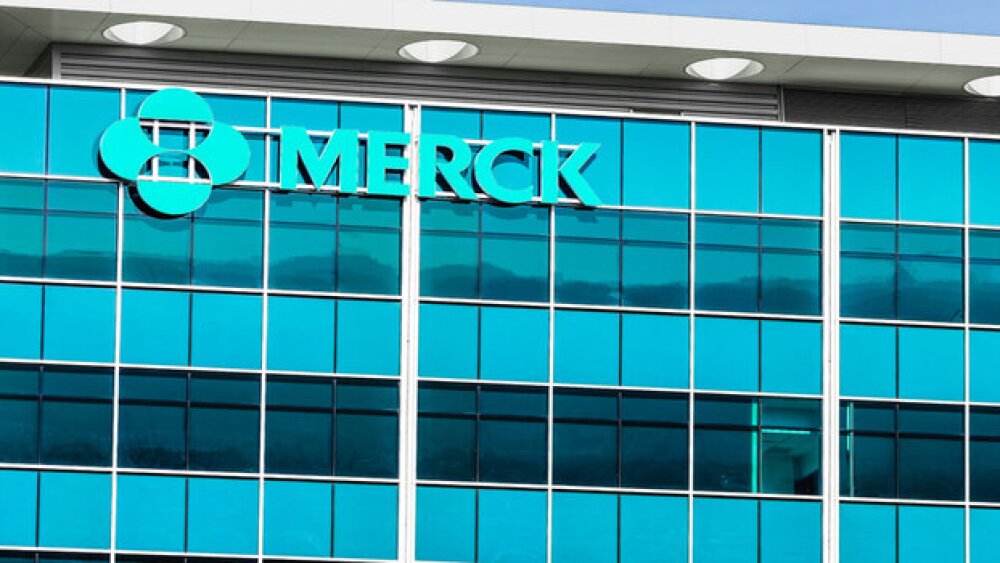After its Biologics License Application was rejected by the FDA, BrainStorm’s Phase III data suggest its amyotrophic lateral sclerosis candidate significantly lowers neurofilament light chain levels.
Pictured: Boy in orange shirt on a wheelchair at the beach/iStock, ChiccoDodiFC
Friday, BrainStorm Cell Therapeutics posted positive Phase III data for its amyotrophic lateral sclerosis candidate NurOwn, showing that the investigational cell therapy increases levels of neuroprotective biomarkers.
Compared with placebo, NurOwn (autologous MSC-NTF cells) also led to a significant decline in markers of neurodegeneration including the neurofilament light chain (NfL), concentrations of which spike in response to damage to neurons.
BrainStorm’s latest Phase III analysis, presented at the 2023 ALS and Related Motor Neuron Diseases Gordon Research Conference, “was motivated by the regulatory precedent set by a recent FDA drug approval in ALS,” according to the company’s announcement.
In April 2023, Biogen’s and Ionis’ Qalsody (tofersen) won the regulator’s nod for a specific type of ALS caused by a mutation in the superoxide dismutase 1 (SOD1) gene. Qalsody’s approval was based largely on NfL data. The companies’ Phase III VALOR study failed its primary endpoint and showed that Qalsody could not induce a significant functional improvement in ALS patients after 28 weeks.
However, the antisense oligonucleotide did reduce levels of both NfL and the SOD1 protein. In a March 2023 meeting, the FDA’s Peripheral and Central Nervous System Drugs Advisory Committee voted unanimously that these biomarker data could be a reasonable predictor of Qalsody’s clinical benefit.
BrainStorm’s NurOwn appears to be following a similar path as Qalsody. In November 2020, the cell therapy candidate fell short of its Phase III clinical efficacy endpoint after failing to elicit significantly better functional improvements relative to placebo and the FDA said the results did not meet the threshold required for a BLA application.
In August 2022, BrainStorm submitted a new analysis of its Phase III data, which showed that after accounting for the higher proportion of patients with late-stage ALS, NurOwn significantly improved functional outcomes versus placebo in patients with early-stage disease. In November 2022, the FDA remained unconvinced and issued a Refusal to File Letter for Brainstorm’s BLA.
BrainStorm has since pushed for an advisory committee meeting for NurOwn, and in March 2023 its request was granted. The meeting is set for Sept. 27, and the FDA is slated to decide NurOwn’s regulatory fate by Dec. 8.
If approved, NurOwn could be the second ALS therapy approved this year.
Joining Biogen, Ionis and BrainStorm in riding the ALS biomarker bandwagon is Clene. Last month, the Utah-based biotech reported that its candidate CNM-Au8, an oral suspension of gold nanocrystals, significantly lowers plasma levels of NfL. Clene is looking to file a New Drug Application with these data.
Tristan Manalac is an independent science writer based in metro Manila, Philippines. He can be reached at tristan@tristanmanalac.com or tristan.manalac@biospace.com.
Correction (July 11): This story has been updated to clarify that BrainStorm has only filed a BLA for NurOwn once, to which the FDA issued a Refusal to File Letter in November 2022. We also added a date for the advisory committee meeting. BioSpace regrets the error.






